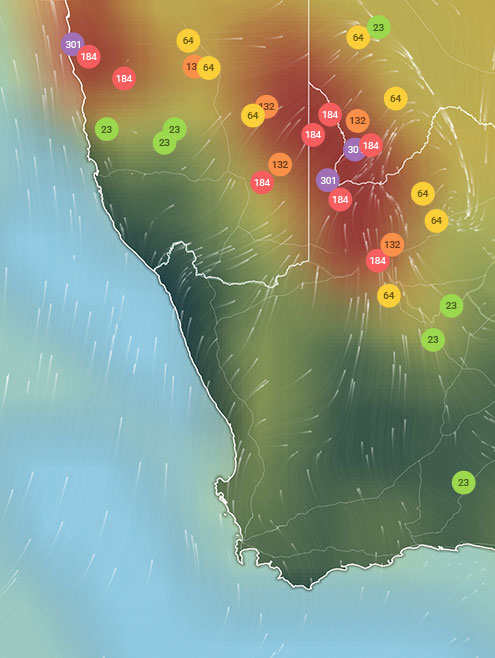
Introduction
Winnipeg, the capital city of Manitoba, has recently witnessed fluctuations in its air quality, raising concerns among residents and health officials alike. Air quality is crucial as it directly impacts public health, environmental conditions, and the overall quality of life. With increasing urbanization and industrial activities, monitoring air pollution levels has become essential, especially in the context of climate change and respiratory health challenges.
Current Air Quality Levels
As of October 2023, recent data from Environment and Climate Change Canada (ECCC) indicated that Winnipeg’s air quality index (AQI) has experienced several variations. On several days, particularly during the summer and early autumn months, spikes in particulate matter (PM2.5) were noted, primarily due to wildfires in nearby regions and vehicle emissions. The city’s average AQI rating has oscillated between moderate and unhealthy levels, affecting vulnerable populations, such as children and the elderly.
Moreover, specific air quality advisories have been issued during heat waves, where stagnant air can trap pollutants close to the ground, leading to increased risks for individuals with pre-existing health conditions.
Health Implications
The effects of deteriorating air quality can have serious health consequences. Studies have consistently shown a link between high levels of air pollution and respiratory illnesses, cardiovascular diseases, and even early mortality. In Winnipeg, public health officials have been proactive in advising residents to stay informed about air quality levels, particularly on days when the AQI is rated as high.
The local health authority has also launched initiatives to promote better air quality management, encouraging residents to reduce vehicle use, engage in public transport, and limit outdoor activities during peak pollution times.
Conclusion
In conclusion, sustaining good air quality in Winnipeg is of pressing importance as residents face environmental challenges. With ongoing monitoring and community engagement, there is potential for improvement in air quality through collective action and policy initiatives. Looking forward, it is crucial for city planners and residents alike to prioritize clean air strategies in anticipation of future urban expansions and climatic shifts. Residents are encouraged to stay updated with local air quality reports to make informed decisions regarding their health and outdoor activities.



